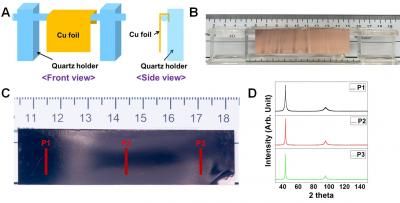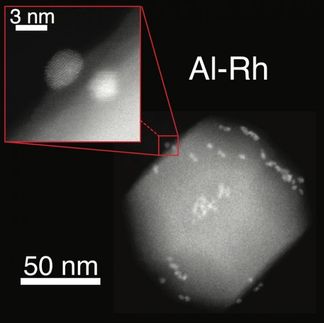Russian Platinum Group Metals Market Will Benefit from Stricter Environmental Regulations, Frost & Sullivan Predicts
Regulations are set to stimulate sustainable new technologies such as catalytic converters and fuel cells
Russia is the second largest manufacturer of platinum group metals (PGM) and the largest producer of palladium globally. In 2010, the total Russian PGM output accounted for 34% of global production.
New analysis from Frost & Sullivan, Analysis of the Russian Platinum Group Metals Market, finds that the Russian PGM market produced 3.5 million ounces in 2010 and estimates this to reach 4.3 million ounces in 2015. The research covers platinum and palladium.
“The increased usage of PGM in a range of industrial applications, as well as the growing popularity of PGM as hedge assets during times of volatile currencies and insecure equity markets, is driving the market,” notes Frost & Sullivan Research Analyst Monika Nowotnik. “The Russian market is following these global trends, and domestic consumption is anticipated to rise, especially in the automotive, jewellery, chemical and electronics industries.”
The Russian PGM market is mature, with compound annual growth rate (CAGR) unlikely to reach higher than 3.8% between 2010 and 2015. Nevertheless, the market is set to grow steadily over the long-term. This will be due to the entrance of new, small competitors, such as CJSC Fedorovo Resources, which is currently awaiting governmental permission for extraction and is likely to start production in 2013-2015.
Geological exploration in Russia has become more intensive in recent years. However, the depletion of resources is progressing along with the devastation of the natural environment in mining areas, especially in the Norilsk-Talanakh region. Almost 95.2% of Russian reserves are concentrated in the Norilsk-Talanakh region, controlled by the largest PGM producer – OJSC MMC Norilsk Nickel.
“Stricter environmental regulations are likely to hamper the rapid development of mining areas,” remarks Nowotnik. “On the other hand, these regulations can enhance the development of modern technologies, such as catalytic converters and fuel cells. These technologies can leverage the catalytic properties and resistance of platinum and palladium to decrease emissions of noxious gases and increase the durability of various goods.”
Russian regulations follow European trends and have, accordingly, become stricter in terms of environmental protection and limitation of noxious gases emissions. In 2012, Russia is expected to adopt Euro - 4. The last step will be the adoption of Euro - 5 over 2014-16.
“These changes are a strong incentive to increase PGM consumption in Russia,” concludes Nowotnik. “International companies are already investing in autocatalyst production in Russia, as the Russian market has become increasingly popular among car assemblers and manufacturers due to the large domestic market and relatively low costs of production.”
Organizations
Other news from the department business & finance

Get the chemical industry in your inbox
By submitting this form you agree that LUMITOS AG will send you the newsletter(s) selected above by email. Your data will not be passed on to third parties. Your data will be stored and processed in accordance with our data protection regulations. LUMITOS may contact you by email for the purpose of advertising or market and opinion surveys. You can revoke your consent at any time without giving reasons to LUMITOS AG, Ernst-Augustin-Str. 2, 12489 Berlin, Germany or by e-mail at revoke@lumitos.com with effect for the future. In addition, each email contains a link to unsubscribe from the corresponding newsletter.


























































